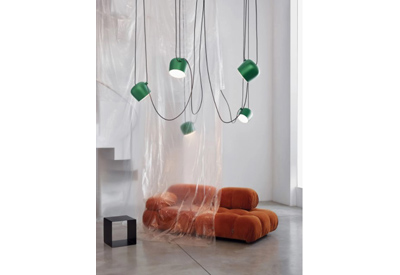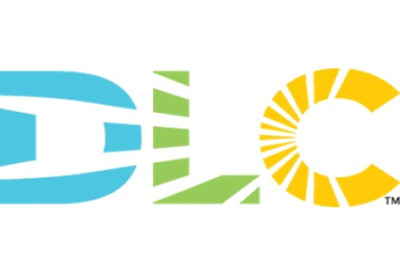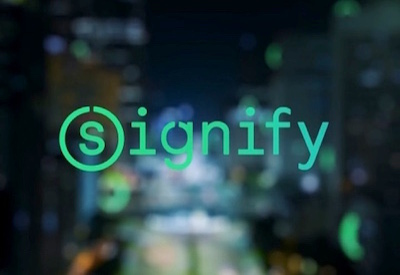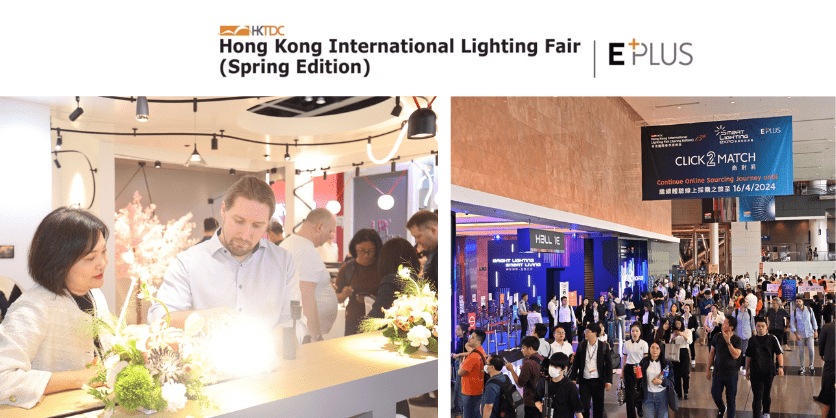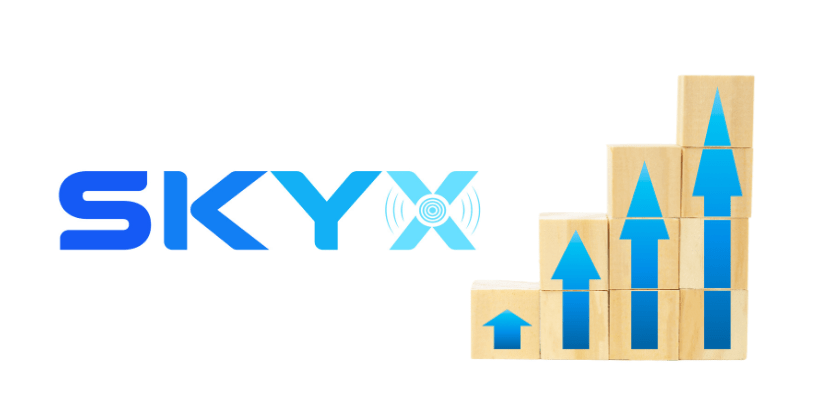What Bluetooth Beacons Bring to the Future of Connected Lighting

January 6, 2020
By Peter Duine, Signify Global Product Manager
Analysts predict the smart lighting market will grow more than 21% a year between 2018 and 2023. Much of this growth will be driven by wireless installations – and the exciting new applications they support. That’s why we’re putting Bluetooth low energy (BLE) technology in our connected components, enabling every fixture to communicate wirelessly with nearby Bluetooth-enabled smartphones.
The future is wireless
At Signify, we believe that wireless lighting controls will soon be the new normal, making the benefits of smart lighting more accessible to organizations everywhere. It won’t be long before presence detection, smart dimming and energy-saving lighting schedules are standard features in most places where people gather – from offices, schools and hospitals to hotels and stadiums.
BLE technology: making installation a snap
BLE technology will make the transition to smart lighting fast, easy and cost effective. Why? Because there’s no need for expensive rewiring. Provisioning is simple: with a few taps on a smartphone app, installers can set up lights and connect them to form a smart lighting system. When needs change, they can just as easily update the installation, making lighting investments more future proof.
Every lighting installation a data infrastructure
Bluetooth wireless capability will spark massive adoption – not just because it simplifies everything, but because it’s also a recipe for innovation. What if we put a Bluetooth beacon in every light? Then, smart lighting installations will create new data infrastructure in buildings, streets, tunnels and parks that can communicate directly with people’s smartphones. What’s next? An explosion of innovation as technologists find ways to use this infrastructure to help us shop, locate things and live our lives. It’s already begun, particularly in retail, but also in transport, entertainment and tourism.
Shopping that’s fast – and fun
Retailers are using beacons to direct shoppers to the stores and products they’re looking for. They can also make shopping more pleasurable – for example, Denmark’s Lyngby Storcentre used a beacon-driven treasure hunt to entertain kids while their parents shop.
Bye-bye black spots
In New York City, Waze is using beacons on tunnel walls to keep drivers connected to their navigation apps in GPS black spots underground. With continuous location data, drivers know when their exit is coming up, reducing last-minute lane changes and collisions and improving traffic flow. And if there’s a delay or an accident, they can be alerted, making tunnels safer for everyone.
Better transit experiences
A recent study found that 84% of global airports will use beacons by 2019. At Los Angeles International Airport (LAX), where 200 agents respond to almost a million wheelchair requests annually, they halved wait times for passengers. With a proprietary Android app transmitting agents’ location to Bluetooth beacons around the terminal, LAX improved dispatch, passenger visibility and customer service.
Personalized adventures
Museums, amusement parks, stadiums and tourist sites are also experimenting with beacons. Benidorm, in Spain, put them at popular tourist attractions to give visitors contextual alerts on their smartphones. This makes tourist information accessible offline – no need to find a Wi-Fi hotspot, buy a local SIM card or roam a cell service.
Imagine…
How else could Bluetooth beacons improve how we live, work and play? For one thing, they could make it easier for building maintainers to locate emergency lights by providing in-building navigation straight to their smartphones. In hospitals, they could help speed life-saving care by guiding medics to the nearest crash cart. And when someone calls an emergency line, they could lead first responders straight to the scene, right down to the room or floor, helping them render assistance promptly.
Welcome to the beacon age
When beacons become standard in lighting, they’ll proliferate exponentially. Soon, they’ll be found in virtually every indoor and outdoor environment and will be integral to smart cities, smart offices and smart retail. For any innovator, it’s an exciting opportunity – a data infrastructure ready and waiting for your next big idea. So tell us, with BLE beacons all around you, embedded in building, tunnel and street lighting – what could you invent? Are you ready to explore the future?


